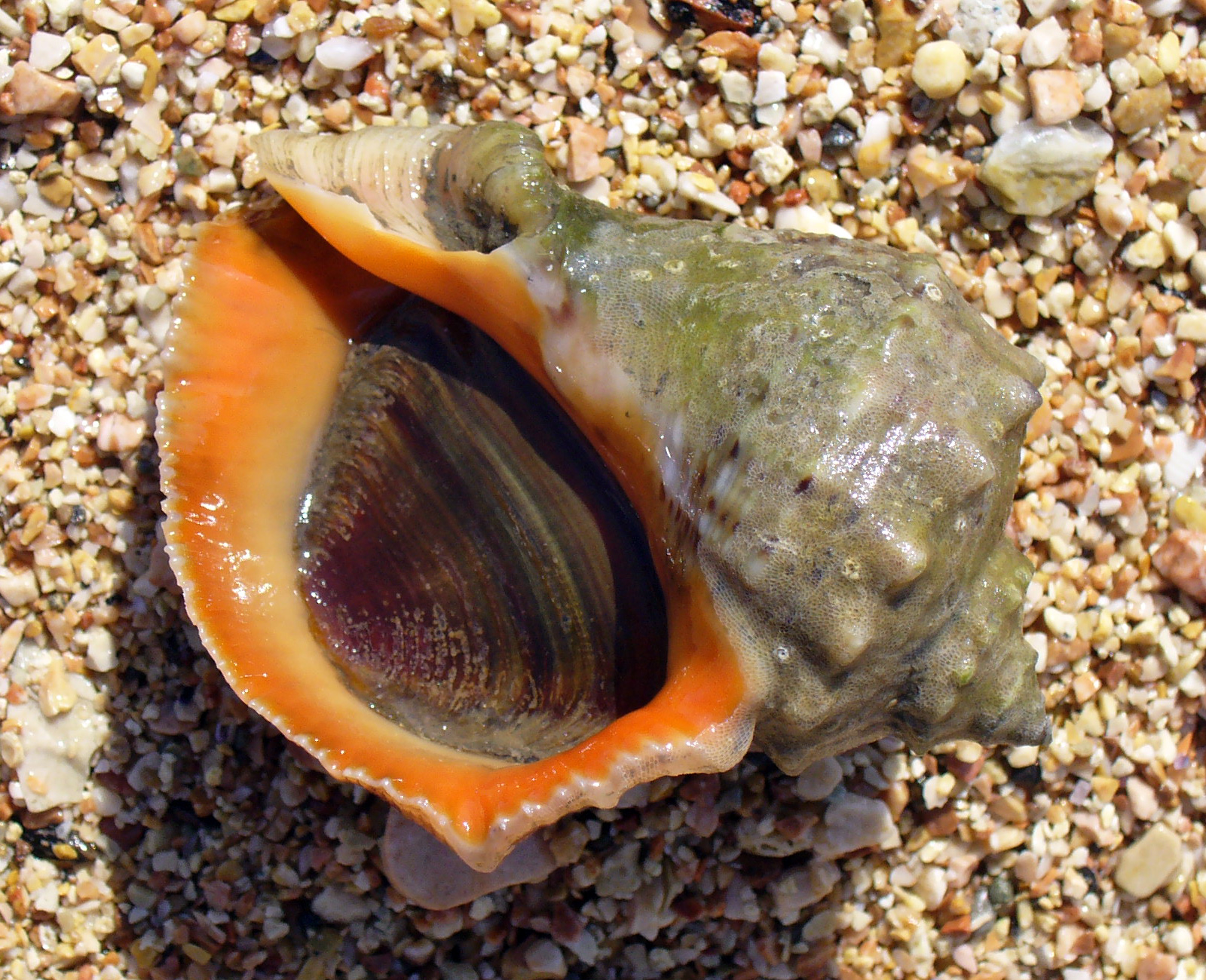|
Operculum (fish), Operculum
Operculum may refer to: Human biology * Operculum (brain), the part of the brain covering the insula * Operculum (dentistry), a small flap of tissue which may cover an erupting or partially erupted molar * Cervical mucus plug, the cervical mucus plug that blocks the cervix of the uterus after conception Animal biology * Operculum (animal), a structure resembling a lid or a small door that opens and closes * Operculum (bird), a structure which covers the nares of some birds * Operculum (bryozoa), a lid on the orifice of some bryozoans * Operculum (fish), a flap covering the gills of bony fish * Operculum (gastropod), a sort of trapdoor used to close the aperture of some snails * Operculum papillare, the iris found in the eyes of elasmobranchs (skates, sharks, and rays) * The anterior end of the puparium in some insects, through which the adult emerges; for example the wasp ''Stenogastrinae'' Botany * Operculum (botany), various lids and flaps pertaining to plants, algae, ... [...More Info...] [...Related Items...] OR: [Wikipedia] [Google] [Baidu] |
Operculum (brain)
In human brain anatomy, an operculum (Latin, meaning "little lid") (pl. opercula), may refer to the frontal, temporal, or parietal operculum, which together cover the insula as the opercula of insula. It can also refer to the occipital operculum, part of the occipital lobe. The insular lobe is a portion of the cerebral cortex that has invaginated to lie deep within the lateral sulcus. It sits like an island (the meaning of ''insular'') almost surrounded by the groove of the circular sulcus and covered over and obscured by the insular opercula. A part of the parietal lobe, the frontoparietal operculum, covers the upper part of the insular lobe from the front to the back. The opercula lie on the precentral and postcentral gyri (on either side of the central sulcus). The part of the parietal operculum that forms the ceiling of the lateral sulcus functions as the secondary somatosensory cortex. Development Normally, the insular opercula begin to develop between the 20th and ... [...More Info...] [...Related Items...] OR: [Wikipedia] [Google] [Baidu] |
Operculum (dentistry)
Pericoronitis is inflammation of the soft tissues surrounding the crown of a partially erupted tooth, including the gingiva (gums) and the dental follicle. The soft tissue covering a partially erupted tooth is known as an ''operculum'', an area which can be difficult to access with normal oral hygiene methods. The hyponym ''operculitis'' technically refers to inflammation of the operculum alone. Pericoronitis is caused by an accumulation of bacteria and debris beneath the operculum, or by mechanical trauma (e.g. biting the operculum with the opposing tooth). Pericoronitis is often associated with partially erupted and impacted mandibular third molars (lower wisdom teeth), often occurring at the age of wisdom tooth eruption (15-26). Other common causes of similar pain from the third molar region are food impaction causing periodontal pain, pulpitis from dental caries (tooth decay), and acute myofascial pain in temporomandibular joint disorder. Pericoronitis is classified into '' ... [...More Info...] [...Related Items...] OR: [Wikipedia] [Google] [Baidu] |
Cervical Mucus Plug
A cervical mucus plug (operculum) is a plug that fills and seals the cervical canal during pregnancy. It is formed by a small amount of cervical mucus. The mucus plug acts as a protective barrier by deterring the passage of bacteria into the uterus, and contains a variety of antimicrobial agents, including immunoglobulins, and similar antimicrobial peptides to those found in nasal mucus. Normally during pregnancy, the mucus can be described as cloudy, clear, thick, salty and sticky, although viscoelasticity may be the most appropriate term to describe it. Toward the end of the pregnancy, when the cervix thins, some blood is released into the cervix which causes the mucus to become bloody. As the pregnant woman gets closer to labor, the mucus plug discharges as the cervix begins to dilate. The plug may come out as a plug, a lump, or simply as increased vaginal discharge over several days. The mucus may be tinged with brown, pink, or red blood, which is why the event is sometimes refe ... [...More Info...] [...Related Items...] OR: [Wikipedia] [Google] [Baidu] |
Operculum (animal)
An operculum is an anatomical feature, a stiff structure resembling a lid or a small door that opens and closes, and thus controls contact between the outside world and an internal part of an animal. Examples include: * An operculum (gastropod), a single lid that (in its most complete form) closes the aperture of the shell when the animal is retracted, and thus protects the internal soft parts of the animal that are not completely covered by the shell. The operculum lies on the top rear part of the foot. When the foot is retracted, the operculum is rotated 180° and closes the shell. * An operculum (fish), a flap that covers the gills in bony fishes and chimaeras. * The cover that rapidly opens a cnida of a cnidarian such as a jellyfish or a sea anemone. The lid may be a single hinged flap or three hinged flaps arranged like slices of pie. * In insects, the operculum is the name for one or more lids covering the tympanal cavity. A subgenital operculum is exhibited in phasmoidea an ... [...More Info...] [...Related Items...] OR: [Wikipedia] [Google] [Baidu] |
Operculum (bird)
The beak, bill, or rostrum is an external anatomical structure found mostly in birds, but also in turtles, non-avian dinosaurs and a few mammals. A beak is used for eating, preening, manipulating objects, killing prey, fighting, probing for food, courtship, and feeding young. The terms ''beak'' and '' rostrum'' are also used to refer to a similar mouth part in some ornithischians, pterosaurs, cetaceans, dicynodonts, anuran tadpoles, monotremes (i.e. echidnas and platypuses, which have a beak-like structure), sirens, pufferfish, billfishes and cephalopods. Although beaks vary significantly in size, shape, color and texture, they share a similar underlying structure. Two bony projections – the upper and lower mandibles – are covered with a thin keratinized layer of epidermis known as the rhamphotheca. In most species, two holes called ''nares'' lead to the respiratory system. Etymology Although the word "beak" was, in the past, generally restricted to the sharpened ... [...More Info...] [...Related Items...] OR: [Wikipedia] [Google] [Baidu] |
Operculum (bryozoa)
In the bryozoan order Cheilostomatida, the operculum is a calcareous or chitinous lid-like structure that protects the opening through which the polypide protrudes. Many species have modified the operculum in specialized zooids (avicularia) to form a range of mandibles (probably for defense) or hair-like setae (probably for cleaning, or in some unattached species, such as '' Selenaria'', for locomotion). The cyclostome family Eleidae also convergently evolved an opercular structure during the Early Cretaceous to Paleocene The Paleocene, ( ) or Palaeocene, is a geological epoch (geology), epoch that lasted from about 66 to 56 mya (unit), million years ago (mya). It is the first epoch of the Paleogene Period (geology), Period in the modern Cenozoic Era (geology), E ....Taylor, P.D. 1994. Systematics of the melicerititid cyclostome bryozoans; introduction and the genera ''Elea'', ''Semielea'' and ''Repromultelea''. Bulletin of the Natural history Museum, Geology Series 50:1-10 ... [...More Info...] [...Related Items...] OR: [Wikipedia] [Google] [Baidu] |
Operculum (fish)
The operculum is a series of bones found in bony fish and chimaeras that serves as a facial support structure and a protective covering for the gills; it is also used for respiration and feeding. Anatomy The opercular series contains four bone segments known as the preoperculum, suboperculum, interoperculum and operculum. The preoperculum is a crescent-shaped structure that has a series of ridges directed posterodorsally to the organisms canal pores. The preoperculum can be located through an exposed condyle that is present immediately under its ventral margin; it also borders the operculum, suboperculum, and interoperculum posteriorly. The suboperculum is rectangular in shape in most bony fishy and is located ventral to the preoperculum and operculum components. It is the thinnest bone segment out of the opercular series and is located directly above the gills. The interoperculum is triangular shaped and borders the suboperculum posterodorsally and the preoperculum anterodorsa ... [...More Info...] [...Related Items...] OR: [Wikipedia] [Google] [Baidu] |
Operculum (gastropod)
The operculum (; ) is a corneous or calcareous anatomical structure like a trapdoor that exists in many (but not all) groups of sea snails and freshwater snails, and also in a few groups of land snails; the structure is found in some marine and freshwater gastropods, and in a minority of terrestrial gastropods, including the families Helicinidae, Cyclophoridae, Aciculidae, Maizaniidae, Pomatiidae, etc. The operculum is attached to the upper surface of the foot and in its most complete state, it serves as a sort of "trapdoor" to close the aperture of the shell when the soft parts of the animal are retracted. The shape of the operculum varies greatly from one family of gastropods to another. It is fairly often circular, or more or less oval in shape. In species where the operculum fits snugly, its outline corresponds exactly to the shape of the aperture of the shell and it serves to seal the entrance of the shell. Many families have opercula that are reduced in size, and which a ... [...More Info...] [...Related Items...] OR: [Wikipedia] [Google] [Baidu] |
Operculum Papillare
The operculum papillare is the iris found in the eyes of elasmobranchs (skates, sharks and rays). It can undergo pupillary light reflex The pupillary light reflex (PLR) or photopupillary reflex is a reflex that controls the diameter of the pupil, in response to the intensity (luminance) of light that falls on the retinal ganglion cells of the retina in the back of the eye, there ... to such an extent that the eye is essentially shut off. It is sometimes called the golden iris because of the shine it sometimes causes. Fish anatomy {{vertebrate anatomy-stub ... [...More Info...] [...Related Items...] OR: [Wikipedia] [Google] [Baidu] |
Stenogastrinae
The Stenogastrinae are a subfamily of social wasps included in the family Vespidae. They are sometimes called hover wasps owing to the particular hovering flight of some species. Their morphology and biology present interesting peculiarities. Systematic position The first reports on stenogastrine wasps can be found in a book of Guérin de Méneville (1831) with the first known species, ''Stenogaster fulgipennis''. Henri Louis Frédéric de Saussure treated their systematic position and remarked that these wasps were, in all their characters, entirely intermediate between the two subfamilies of Eumeninae and Vespinae. In 1927, Anton von Schulthess-Rechberg created the new genus ''Parischnogaster'' for some species living in the Oriental region. Dutch entomologist Jacobus van der Vecht created four new genera including species from the entire area of distribution and described tens of new species. He revised the two Papuan genera'' Anischnogaster'' and ''Stenogaster '' and the or ... [...More Info...] [...Related Items...] OR: [Wikipedia] [Google] [Baidu] |
Operculum (botany)
In botany, an operculum () or calyptra () is a cap-like structure in some flowering plants, mosses, and fungus, fungi. It is a covering, hood or lid, describing a feature in plant morphology. Flowering plants In flowering plants, the operculum, also known as a calyptra, is the cap-like covering or "lid" of the flower or fruit that detaches at maturity. The operculum is formed by the fusion of sepals and/or petals and is usually shed as a single structure as the flower or fruit matures. The name is also used for the capping tissue of roots, the root cap. In eucalypts, (including ''Eucalyptus'' and ''Corymbia'' but not ''Angophora'') there may be two opercula - an outer operculum formed by the fusion of the united sepals and an inner operculum formed by the fusion of the sepals. In that case, the outer operculum is shed early in the development of the bud leaving a scar around the bud. In those species that lack an outer operculum, there is no bud scar. The inner operculum is sh ... [...More Info...] [...Related Items...] OR: [Wikipedia] [Google] [Baidu] |




_torquata_002.jpg)
.jpg)
